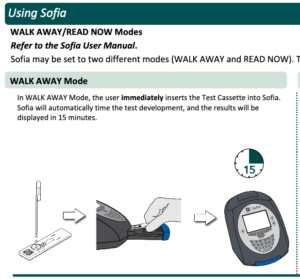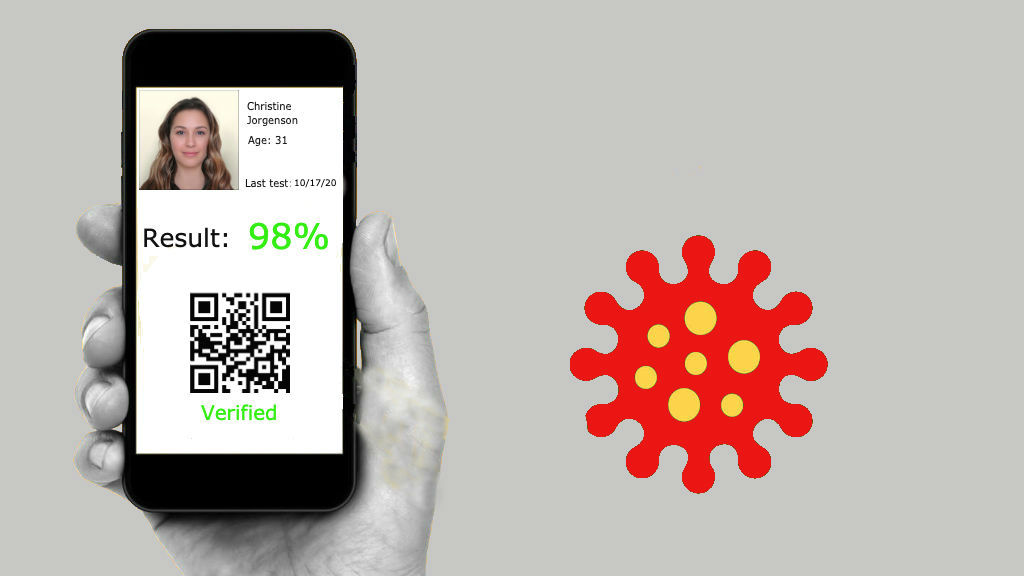As America and most of the rest of the world come to terms with a virus that’s killed 1.1 million people worldwide, 225,000 in the US alone, and decimated jobs, industries, tax coffers and life in general, the gloom mongers have seized the mic. There will be no Coronavirus vaccine, at least not in time to save the world from chaos! Life as we know it is over! On the other side are those living in what can only be called an abject state of denial and who seem to think that the threat is over-stated, a hoax even. Go ahead, kiss the panther. He won’t bite!
It’s social cynicism and ignorance I’m not willing to sign on to, either to a premature dropping of what stopgap defenses we currently have or to nihilistic, apocalyptic, chicken-little predictions like NYC Is Dead Forever.
A vaccine has in fact become the Holy Grail in this health emergency but I don’t believe it’s as important as most do. I’m not saying that because I have any special insight into contagious disease, just a pair of eyes. After all, most of Europe brought their new daily infection rates down into the low hundreds and some countries, like Norway, Hungary, Iceland and Finland, experienced daily cases in the low double digits, all without a vaccine. New Zealand had five (5) new cases yesterday while the US is still racking up new daily infections above 40,000.
But then Europe exploded with what many have called a Second Wave because those countries opened up too soon to restart their dying economies. It proved that while aggressive social distancing and lockdowns will slam the brakes on a runaway infection they’re not a long term solution for this disease. Reopening too early is like unbuckling your parachute when you think you’ve slowed down enough.
I’m not an MD or public health expert but I’ve worked for the past 12 of 15 years with people who are. I know there isn’t a lot of confidence within the medical community that we’ll have an effective vaccine ready to roll out to the world before 2021.
But is a vaccine the only solution to eradicating the disease? Fortunately, no. A successful vaccine only means that (a) you won’t catch the disease and (b) bonus: you won’t pass it on to others. In the epidemiological world (b) is far more important in ending an epidemic than (a). So what if we just focused on testing as a strategy to drive down the R-naught, or the rate of infection? (If you don’t know what R-naught is, read this link. It’s what’s driving the pandemic response around the world, or at least the successful ones.)
(Too wordy? Skip ahead to my proposed solution.)
As we’ve learned, deploying a coherent, omnibus plan to eradicate the virus has turned out to be a difficult task in the US where there are idiotic, hedonistic mask-deniers, unhinged, entitled Karens and short-sighted 18-29 grasshoppers who believe that they’re immune to the disease. Making matters worse is a president who’s also living in denial rather than showing some leadership and allowing qualified medical experts to develop a national response plan as did every other OECD country. But that horse left the barn back in February. The virus is here now, it’s spreading and it ain’t going anywhere anytime soon.
Is Testing The Answer?
Social distancing, masks and basic medical hygiene are of course part of bringing this epidemic under control but so is testing. I don’t mean getting a Coronavirus test at CityMD when you think you might have been exposed at a socially-undistancing birthday party. That’s almost useless insofar as you could become infected on the bus ride home from the testing facility.
No, what we need is something that’s integrated into our daily routine almost like brushing your teeth. It’s something you would do almost every day, maybe just before hopping in the shower. Spit on a piece of paper. That’s it.
That’s the intent of several pharmaceutical companies: to produce cheap, rapid POC (point of care) Coronavirus tests that you can do at home with a result in as little as 15 minutes. Two companies have taken the lead in the realm of rapid, minimally invasive COVID-19 antigens testing: Quidel and BD. Their tests are almost as simple as a home pregnancy test except that you spit into a cup or on a specially treated testing strip. No needles, no swab tickling your sinuses.
Unlike a Coronavirus vaccine, this technology is already here, costing as little as $5 per test.
But haven’t these tests proved to be inaccurate? Indeed they have and by as much as one in five (20%), mostly delivering false positives. But that’s the point of a serial testing regimen. One test may have a 20% error rate. Recalling my high school Probability and Statistics class, two tests with a 20% error rate taken on adjacent days which agree will have an error probability of just 4% (20% of 20%). Three tests: 0.8%, Four tests: 0.16%, etc. A week’s worth of rapid-testing would be absolutely determinate of whether or not you’re infected. Hell, it’s the same procedure they’re supposed to be using at the White House.
Again, this technology is coming online now, not next year.
How is this helpful?
Providing you have a current history of clean rapid tests there’s little reason to self-isolate yourself from others with similarly clean tests. With an investment of 15 minutes every morning and about $35/week you should be able to go to restaurants, theaters, bars and concerts again and your kids can safely go back to school. With a venue full of only people with recent, clean Coronavirus tests, you could even dispense with the masks. The sticky part is how to integrate this reliably with a national reopening plan.
The answer is that venue operators would need to see proof of a recent (as in the last 24 hours) Coronavirus test before letting you enter. My friend recently had to provide this in order to fly into Puerto Rico, but it was a 72 hour cut-off. Same thing. If you want to enter The Tipsy Cow, show your test results! Want to pass through Portuguese immigration, show your test results!
How do you prove the results of a test that was administered by you to yourself at home and not by a qualified third-party physician? Well, you could bring your physical test results to show the restaurant manager but that would be rather gross. Or technology could help.
Steve’s Awesome Idea To Reopen Everything

- For your first test, you would download a free mobile app from the manufacturer of the home test, then add your personal details: your name, age, address and a photograph. A unique HIPAA-qualifying, non-identifying ID would be generated for you and sent to a central contact tracing/verification server. Then…
- When you take the test, perhaps before your morning shower, you would scan the test’s serial number on the box, presented as a bar or QR (square) code using your phone’s bar code reader. This would brand that test’s serial number exclusively to your phone and to the personal details you’ve already entered into the app.
- The test would generate a pass/fail bar code encrypted with both the serial number and the pass/fail result to prevent fraud. Again, you’d use the bar code reader on your phone to scan that code square result into the app. It would be sent to a remote server along with your unique ID for test integrity confirmation and where it could also be used for contact tracing for early identification of infection clusters.
- When you get to a restaurant or theater or an airport security gate you would simply show your phone app (see the photo in the banner at the top of this post). It would display your compiled score based on your testing history along with your name and photo. For instance, if you had one positive and nine negative test results over the past two weeks your score might be 90% or it could just say “OK!” The algorithm would be more involved than that, giving more recent tests more weight and deducting points for every day since your last test. It would also allow venues to require different minimum scores for entry, but you get the idea.
- Your phone would also generate an encrypted QR code which the manager, bouncer, security officer, whoever could read on his or her phone to confirm its accuracy with the central server.
With this simple solution, everything could reopen: restaurants, theaters, amusement parks, national borders. The secure mobile verification technology exists now in apps like Global Pass. QR code squares exist now. Broadband is pervasive now. All we need are the home Coronavirus tests themselves and they’re apparently ready to roll out the door Real Soon Now.
Even if there was some corruption of the system, the point is to get the infection spread down below R1.0. It can afford a little bad data.

It Can’t Be This Simple
It actually is, but I’m sure I’ve overlooked something. For all I know it could be made even simpler. Even if there are holes in the system, the ultimate goal is to drive the R0 below 1. It can survive a little failure and cheating.
There are technical and scale challenges that would have to be met. The first problem is ramping up production of these tests to ~250 million/day for the US alone (presuming that many people probably won’t need daily proof of health). Another problem is designing and producing the tests to generate that scannable encoded result. Both are challenges but not showstoppers and unlike a vaccine we’re throwing billions at without any assurance that it will even work, this would work. And, bonus, the same strategy would work for the next pandemic.
Another challenge is getting an intelligently run federal government behind it, which I hope we’ll finally have on Jan 20, 2021.
